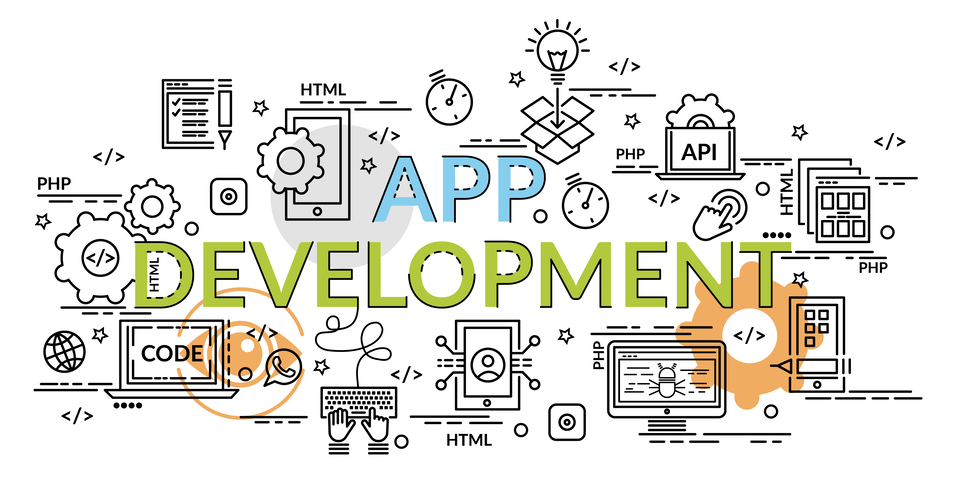A key methodology in the creation of software and applications is the systems development life cycle (SDLC). The systems development life cycle is a term used in systems engineering, information systems, and software engineering to describe a process for planning, creating, testing, and deploying an information system. There are many phases involved in the systems development life cycle.
The tools that this methodology prescribes should have built-in quality and project control measures, ensuring that a certain quality level is maintained. These properties enhance the management of time and specifications of the project. The Systems Development Life Cycle (SDLC) was first developed in the 1960s to manage large software projects running on corporate mainframes. This approach to software development is structured and risk averse, designed to manage large projects that include multiple programmers and systems.
Stages and Best Practices
Here, at this most foundational level, you would figure out what the requirements of workers are when it comes to tracking hours and labor. SDLC consists of six steps which I have diagrammed here for your reference. The final phase of the SDLC is to measure the effectiveness of the system and evaluate potential enhancements. For example, as the system analyst of Viti Bank, you have been tasked to examine the current information system. Customers in remote rural areas are finding difficulty to access the bank services.
- The System Development Life Cycle (SDLC) provides a well-structured framework that gives an idea, of how to build a system.
- During this stage of the system lifecycle, subsystems that perform the desired system functions are designed and specified in compliance with the system specification.
- The final stage of the software development life cycle is maintenance and operations.
- Phase 8 of the systems development life cycle is the post-implementation review.
- These requirements get approval from customers, market analysts, and stakeholders.
- In this phase you get to earn the trust of your stakeholders by embodying a builder’s mindset.
This generic SDLC model, designed by the National Computing Center of the United Kingdom in the late 1960s, was described in 1971 by A. Comments about specific definitions should be sent to the authors of the linked Source publication. For NIST publications, an email is usually found within the document. Before writing content the author must first define the requirements, plan what will be written, and then actually put pen to paper. Whether or not you are coding in the browser or doing more robust development work, you need a plan of action. Probe deeply to find errors that will slow down the release of your final product.
Aligning to the SDLC
Once you’ve come up with some ideas, it’s time to organize them into a cohesive plan and design. This requires a lot of research and planning to ensure that your final product meets your expectations (and those of your customers). The big step is creating a detailed project plan document and work breakdown structure that outlines the requirements. System assessments are conducted in order to correct deficiencies and adapt the system for continued improvement.

The Agile SDLC model separates the product into cycles and delivers a working product very quickly. Testing of each release feeds back info that’s incorporated into the next version. According to Robert Half, the drawback of this model is that the heavy emphasis on customer interaction can lead the project in the wrong direction in some cases. The security issues for a development must be identified by a formal risk analysis. A security specialist shall be appointed to provide security advice for the project—this is usually the Information Security Manager. Regardless of what you are building – a company, a tool, a complex program, or an entirely new product – you would be wise to deploy SDLC to ensure quality and to help you maintain focus on your customers while you build.
Requirements analysis
The development team then fixes the bugs and send it to QA for a re-test. This process goes on until the software is stable, bug-free and working according to the business requirements of that system. The spiral model is one of the most crucial SDLC models that provides support for risk handling. It has various spirals in its diagrammatic representation; the number of spirals depends upon the type of project. Each loop in the spiral structure indicates the Phases of the Spiral model.
What is the Software Development Lifecycle (SDLC) – CrowdStrike
What is the Software Development Lifecycle (SDLC).
Posted: Thu, 03 Aug 2023 07:00:00 GMT [source]
The business systems analyst should have a good idea of what the company requires from a particular system while considering what the client needs from the company. The point of a good system is to marry the two needs at the most efficient and cost-effective manner. In the requirement analysis phase, the analyst should draw up a list of everything needed from the company to develop the best system, all the while bearing in mind what resources are actually available. In the planning phase in systems development, the systems analyst should focus on what the system is aiming to achieve and use that information to find a way to achieve that goal. Evaluating the systems already in place is also important in this phase as there might be a pre-existing system which might offer a cheaper solution with some improvement. One is a reliable methodology; second is a detailed process from getting from point A to point B.
Stage 5: Test the product.
At this stage, the goal is to deploy the software to the production environment so users can start using the product. However, many organizations choose to move the product through different https://www.globalcloudteam.com/ deployment environments such as a testing or staging environment. ” This phase of the SDLC starts by turning the software specifications into a design plan called the Design Specification.

Once a system has been stabilized through testing, SDLC ensures that proper training is prepared and performed before transitioning the system to support staff and end users. Training usually covers operational training for support staff as well as end-user training. Design documents typically include functional hierarchy diagrams, screen layouts, business rules, process diagrams, pseudo-code, and a complete data model with a data dictionary. These elements describe the system in sufficient detail that developers and engineers can develop and deliver the system with minimal additional input. This step involves decomposing the system into pieces, analyzing project goals, breaking down what needs to be created, and engaging users to define requirements.
9.6 Security Standards for Systems Development
If you haven’t yet started your journey as a software developer, you might ask yourself, “Is software development for me? ” Here are some signs that this career path might be one that you will enjoy. Before releasing the mockups into final production, you’ll need to test it to ensure it is free of bugs and errors.

This phase consists of maintenance and performing regular necessary updates. Furthermore, small bugs that were not found during testing can make an appearance later on. Additionally, this framework ensures that the system is developed within the given time constraints and budget. Thanks to SDLC, the new system is implemented flawlessly in the current and future IT-infrastructure of a given company. An effective SDLC ensures that the to-be-developed system is high quality and meets the client’s expectations.
System Development Life Cycle (SDLC)
Application performance monitoring (APM) tools can be used in a development, QA, and production environment. This keeps everyone using the same toolset across the entire development lifecycle. Other steps the first step in the system definition phase of the systems development life cycle (sdlc) is to which may appear include project initiation, functional specifications, detailed specifications, evaluation, end-of-life and other steps that can be created by splitting previous steps apart further.

